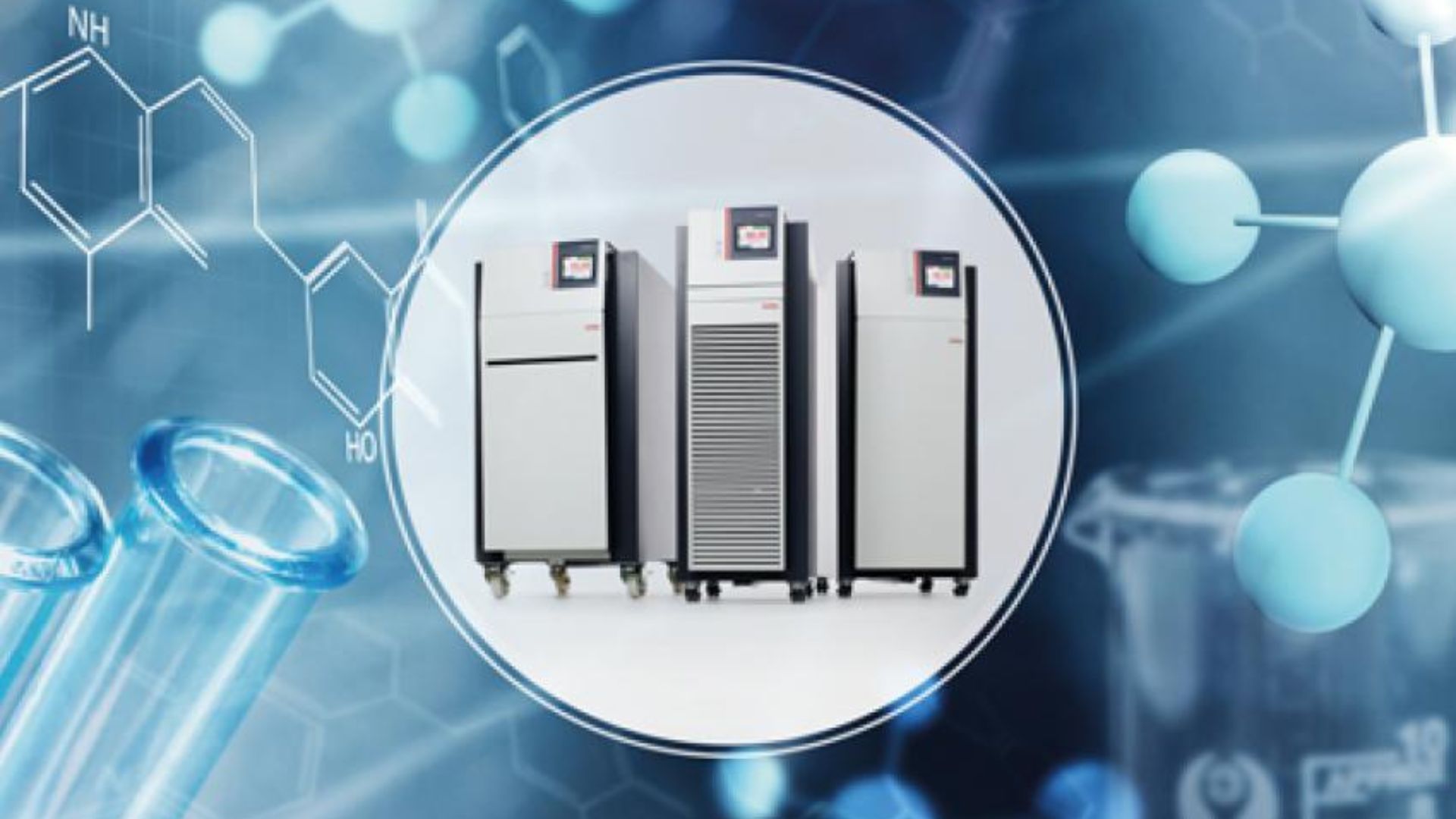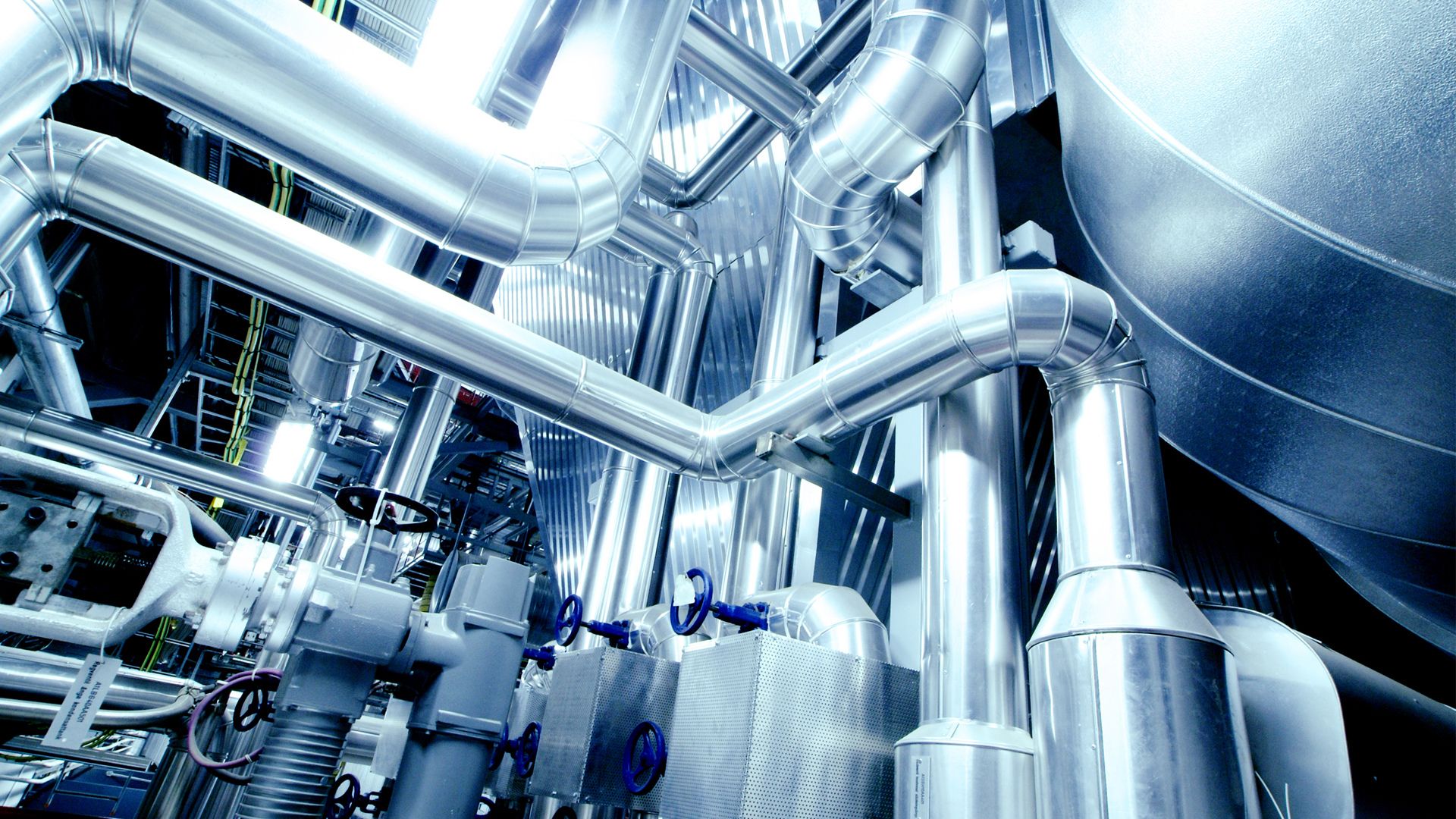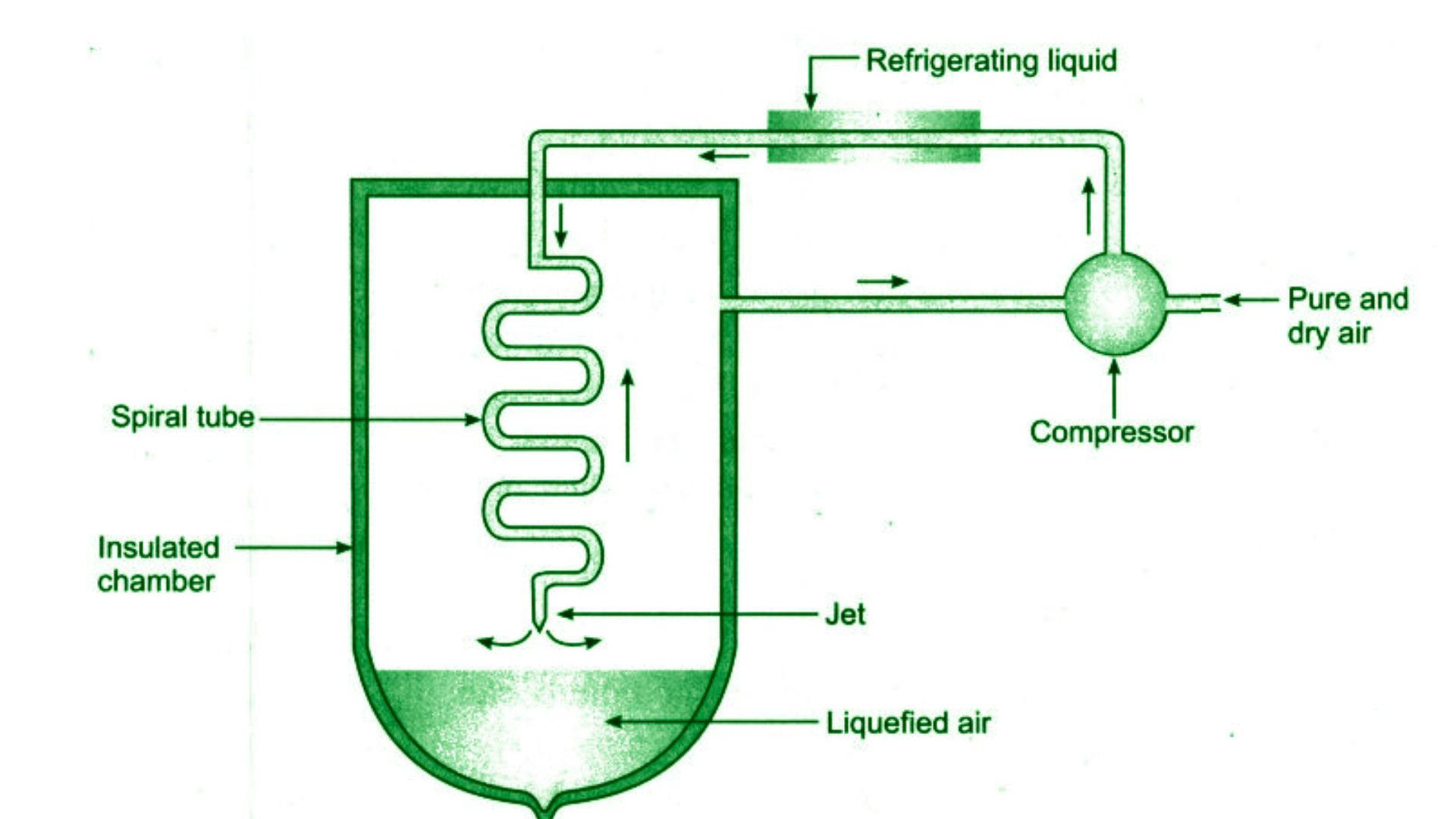Controlling chemical reactions using temperature is crucial for achieving desired outcomes in various scientific and industrial processes. Temperature directly affects the rate and efficiency of chemical reactions. Understanding how to manage this variable allows for precise control and optimization. Here’s how you can effectively control chemical reactions using temperature.
Understanding the Impact of Temperature on Reactions
Chemical reactions using temperature are influenced by how temperature changes affect reaction rates. Generally, increasing the temperature speeds up reactions, while decreasing it slows them down. This happens because higher temperatures provide more energy to the reacting molecules, increasing their movement and collision frequency. Conversely, lower temperatures reduce this energy, slowing down the reaction rate.

Chemical Reactions Using Temperature
1. Adjust Temperature to Control Reaction Rates
One of the primary ways to control chemical reactions is by adjusting the temperature. For reactions that need to be sped up, increase the temperature to provide more energy to the reacting molecules. Conversely, for reactions that need to be slowed down or controlled, lower the temperature. This method is commonly used in laboratory experiments and industrial processes to achieve desired reaction speeds.
2. Use Temperature Control Equipment
In many settings, especially in laboratories and manufacturing, precise temperature control is essential. Utilize equipment such as thermostats, heating mantles, and cooling baths to maintain the desired temperature. These tools help ensure that the reaction occurs under controlled conditions, leading to more reliable and repeatable results.
3. Monitor Temperature Regularly
Regular monitoring of temperature is crucial for maintaining control over chemical reactions. Use thermometers or temperature sensors to keep track of changes. By consistently monitoring the temperature, you can make timely adjustments to stay within the optimal range for the reaction you are conducting.
4. Implement Temperature-Dependent Catalysts
Certain catalysts are sensitive to temperature changes. By choosing temperature-dependent catalysts, you can control the rate of chemical reactions more effectively. These catalysts are designed to become more or less active depending on the temperature, providing a way to fine-tune reaction rates.
5. Utilize Temperature Gradients
In some cases, employing temperature gradients can be beneficial. This involves creating a range of temperatures within the reaction mixture, allowing different parts of the mixture to react at different rates. This technique is useful in processes where a gradual change in reaction conditions is needed.
6. Apply Pre-Heating or Pre-Cooling Techniques
Pre-heating or pre-cooling the reactants before mixing can help in achieving the desired reaction conditions quickly. By adjusting the temperature of the reactants in advance, you can control the initial rate of the reaction and make the process more efficient.
7. Adjust Reaction Vessel Conditions
The conditions within the reaction vessel also play a role in temperature control. Ensure that the vessel is well-insulated to maintain a stable temperature throughout the reaction. Proper insulation helps in minimizing temperature fluctuations that could impact the reaction.
8. Use Temperature-Responsive Materials
In some cases, incorporating temperature-responsive materials can help control chemical reactions. These materials change their properties with temperature, providing an additional layer of control over the reaction conditions. This approach is often used in advanced applications where precise temperature control is critical.
9. Consider Endothermic and Exothermic Reactions
Understand whether your reaction is endothermic (absorbs heat) or exothermic (releases heat). For endothermic reactions, you might need to continuously add heat to maintain the desired temperature. For exothermic reactions, you may need to remove heat to prevent the reaction from accelerating uncontrollably.
10. Manage Heat Transfer Efficiently
Efficient heat transfer is key to controlling chemical reactions using temperature. Proper heat transfer helps maintain a stable reaction environment.
11. Optimize Reaction Conditions
Fine-tune reaction conditions by adjusting not just the temperature, but also other factors such as concentration and pressure. A well-balanced reaction environment contributes to better control over how temperature impacts the reaction.
12. Implement Real-Time Temperature Adjustments
In dynamic processes, real-time temperature adjustments may be necessary. Use automated systems that can adjust the temperature based on real-time data. This approach helps in maintaining precise control over the reaction as it progresses.
13. Conduct Temperature Trials
Perform trials at different temperatures to understand how temperature variations affect the reaction. This empirical data helps in determining the optimal temperature for achieving the desired reaction outcomes. Conducting temperature trials provides valuable insights for fine-tuning your process.
14. Ensure Proper Calibration
Regularly calibrate your temperature control equipment to ensure accuracy. Inaccurate temperature readings can lead to inconsistent results and affect the overall control of the reaction. Proper calibration helps maintain the reliability of your temperature control methods.
15. Document Temperature Conditions
Documenting the temperature conditions and adjustments made during the reaction is essential for reproducibility. Keeping detailed records helps in analyzing the effects of temperature changes and improving future processes. Documentation also aids in troubleshooting and refining reaction conditions.
Conclusion
Controlling chemical reactions using temperature is vital for optimizing reaction rates and achieving desired results. By understanding the impact of temperature, using appropriate equipment, and implementing precise control techniques, you can effectively manage chemical reactions.




